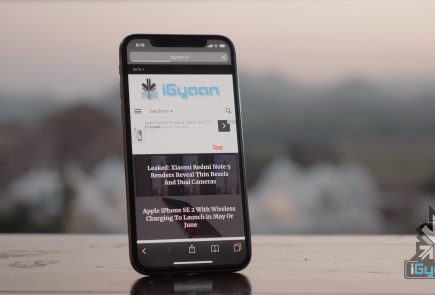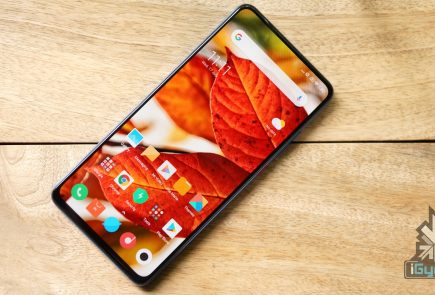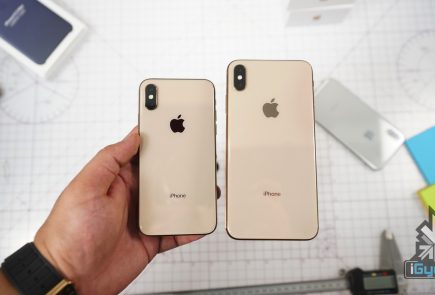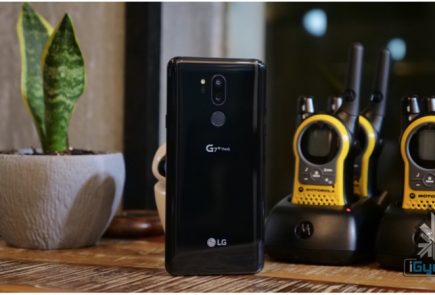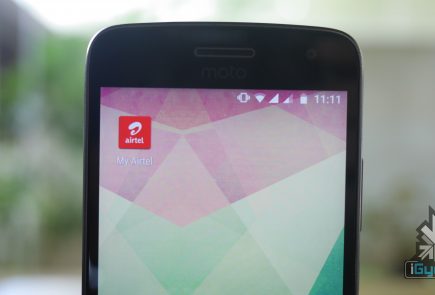New Prime Minister of India Website Goes Live: India to Become a Broadband State
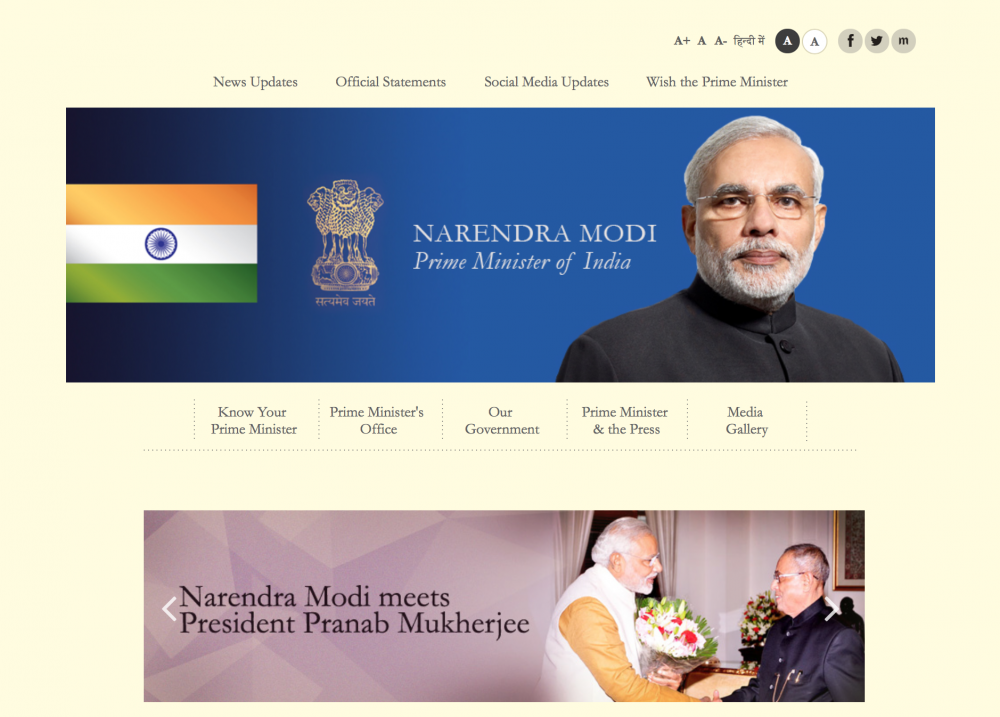
As Mr. Narendra Modi got sworn in as the 15th Prime Minister of India, the new website for the elected representative went live. PMIndia.nic.in was updated with new images and new government policies, along with a way to greet the man himself.
This small move which may not be important to many, shows a major difference of opinion between the past and new government, towards the new digital generation. To put things in perspective the last time our Prime Minister was elected the website took over a month to get updated.
The new Government of India, led by Mr. Narendra Modi as Prime Minister has a brilliant agenda towards the technological improvements in India, should they get implemented. For one that stands out is seemingly the need of the hour, for India to become a truly broadband enabled state.
The new government promises severe improvements in telecom and internet access in the country making broadband high speed, and no not speeds of 512 kbps, but actual high speed internet available to all. While major metropolitans will see fibre networks within the next 6 months, low connectivity states will get access to ADSL.
[quote text_size=”small” author=”Narendra Modi” link=”http://pmindia.nic.in/pmmessage.php” author_title=”Prime Minister of India”]
I envision this website as a very important medium of direct communication between us. I am a firm believer in the power of technology and social media to communicate with people across the world. I hope this platform creates opportunities to listen, learn and share one’s views.
[/quote]
For India, this might be one of the crucial blockades, that might be on the eve of removal. Many of the business leaders and active online (dare we say) Netizens have seen great hope in this new government and its forward policies towards a better connected India.
The new Government will also discuss the existing duty rates on the import of various forms of technology, this might result in decrease in prices of various daily use tech like smartphones and cameras.
However, India seriously lacks behind in the deployment of connected hardware in the country. Many manufacturers have started bringing the latest tech to India in a timely manner, but we are yet to see infrastructure to support it. Again, for perspective the United States had a fully deployed 4G/LTE network by the end of 2012 and India is still in the testing phase, all this despite the fact that urban India will continue to account for a large percentage of mobile internet users across the country and is expected to reach 126 million by March 2014 and touch 153 million users by June 2014. Significantly, a drastic growth was witnessed in the number of users of mobile internet in rural India and will register an impressive 50% growth to reach 32 million by June 2014.
Once we have stable networks and high speed internet access we can then possibly discuss the next major issue; Street TRAFFIC!
















